The molecular weight distribution of PVC (polyvinyl chloride) in tent fabric is a critical factor that influences the PVC tent fabric's resistance to cold cracking in cold weather conditions. Cold cracking, also known as cold embrittlement, occurs when a material becomes brittle and develops cracks at low temperatures due to reduced molecular mobility. Here's how the molecular weight distribution affects the fabric's resistance to cold cracking:
1. Balanced Mobility: A well-controlled molecular weight distribution with a mixture of shorter and longer polymer chains helps maintain a balance between molecular mobility and entanglement. Shorter chains have greater mobility even at low temperatures, allowing them to move and accommodate stress without causing the material to become excessively brittle. Longer chains contribute to structural integrity but can make the material stiffer and more prone to cold cracking. The right combination of both types of chains can prevent excessive embrittlement.
2. Enhanced Flexibility: Shorter polymer chains in the PVC molecular weight distribution contribute to enhanced flexibility, even in cold temperatures. This flexibility ensures that the fabric can undergo deformation without rupturing. As the temperature drops, the material's ability to flex becomes crucial in preventing cracks from forming.
3. Reduced Stress Concentration: Balanced molecular weight distribution can also help disperse stress concentrations that might occur at specific points on the fabric. When the molecular chains are more uniform in length, stresses caused by temperature fluctuations and external forces are more evenly distributed throughout the material, reducing the likelihood of crack initiation.
4. Improved Energy Dissipation: The ability of the polymer chains to move allows the material to dissipate energy effectively, preventing stress from being concentrated at specific points. This is important in cold weather conditions when the fabric is subjected to thermal cycling and mechanical loads.
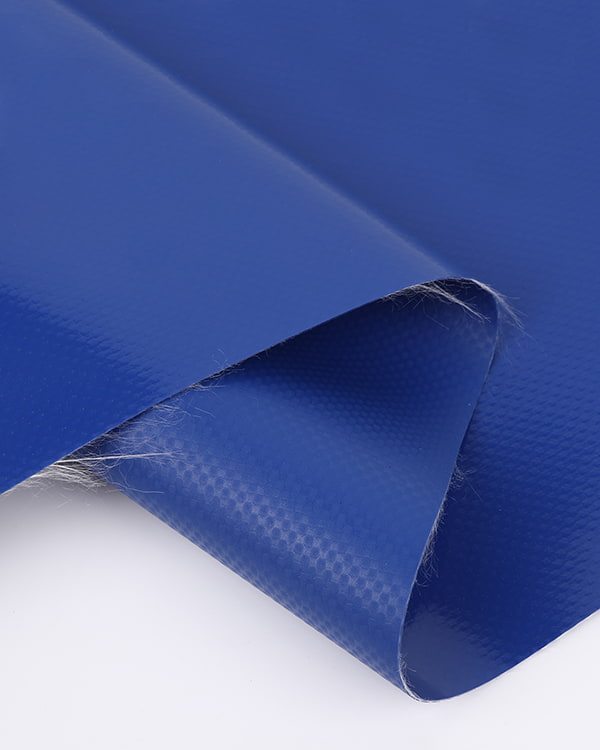
5. Resilience to Deformation: Shorter chains in the molecular weight distribution increase the fabric's resilience to deformation caused by temperature changes. The fabric can better accommodate expansion and contraction without reaching a point of brittleness that leads to cracking.
In essence, the molecular weight distribution affects the fabric's ability to maintain its mechanical properties, flexibility, and resilience in cold weather. An optimal distribution of polymer chain lengths prevents excessive embrittlement by ensuring that the material remains supple, can absorb energy without fracturing, and retains its ability to flex and deform without forming cracks.



 English
English 中文简体
中文简体 русский
русский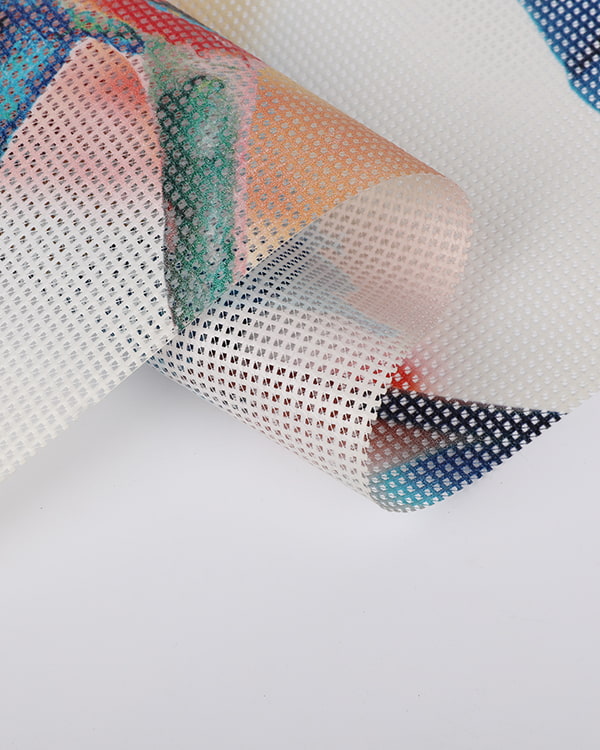


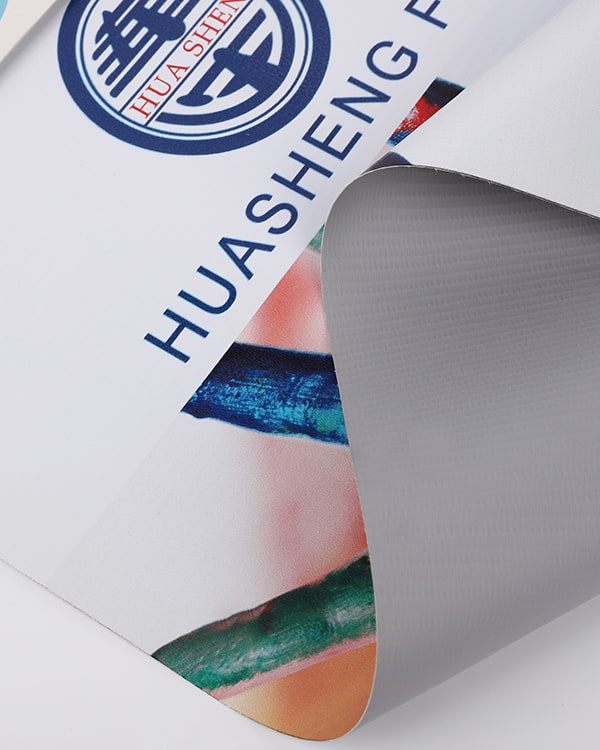
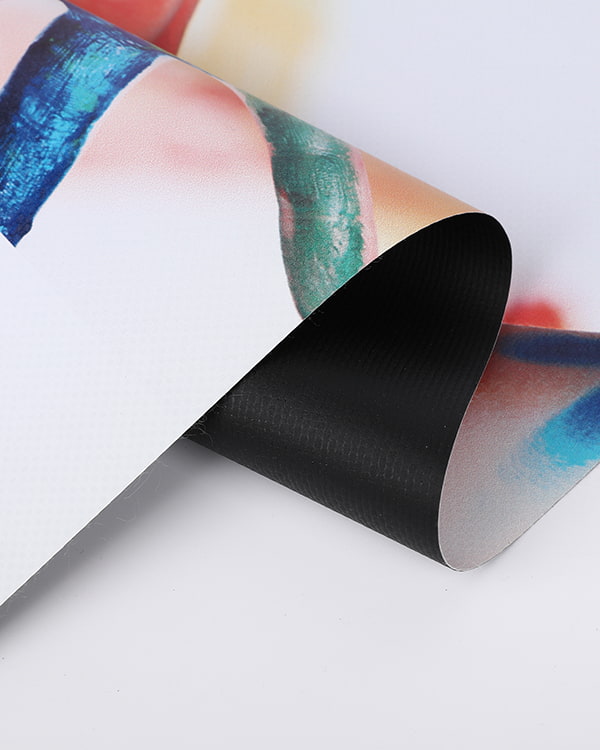
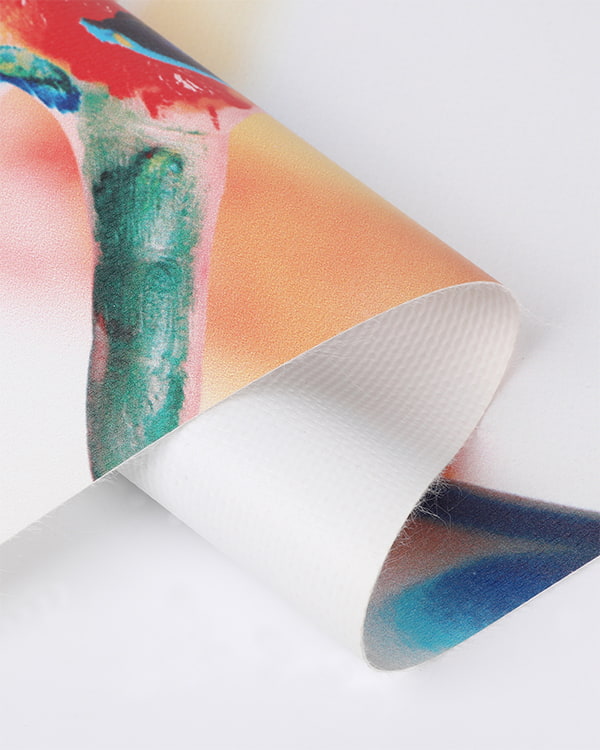
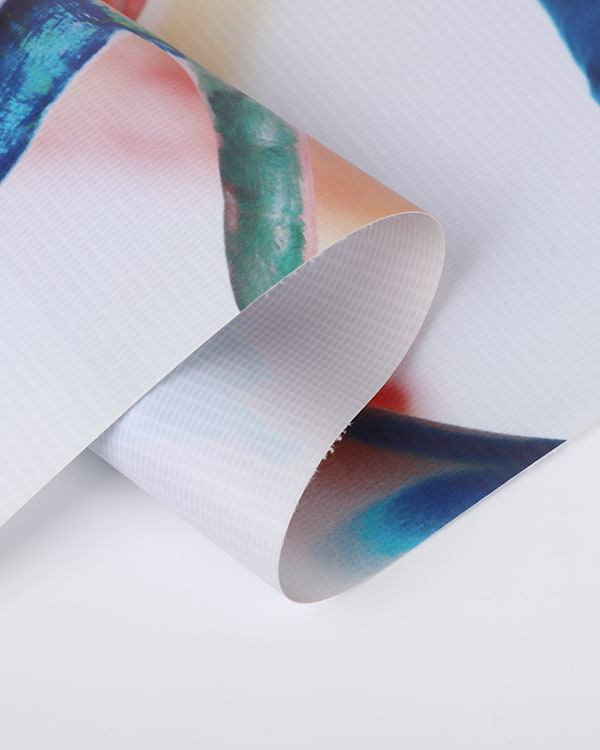
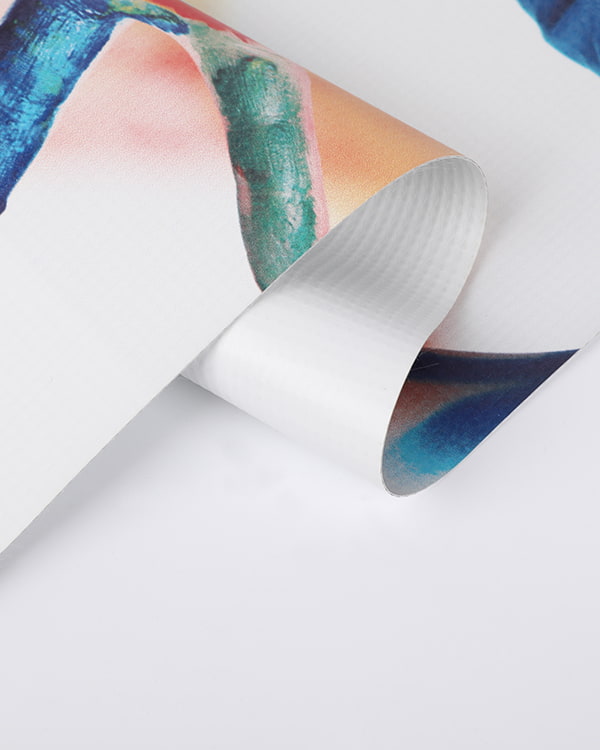

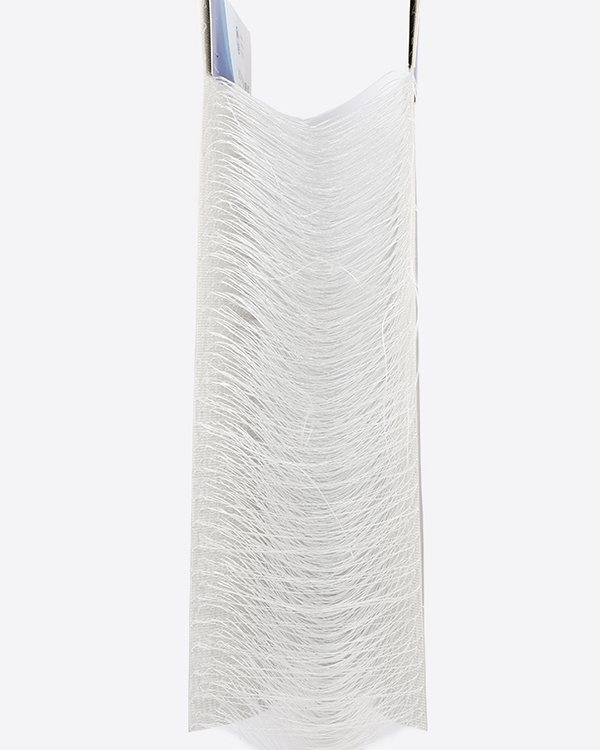
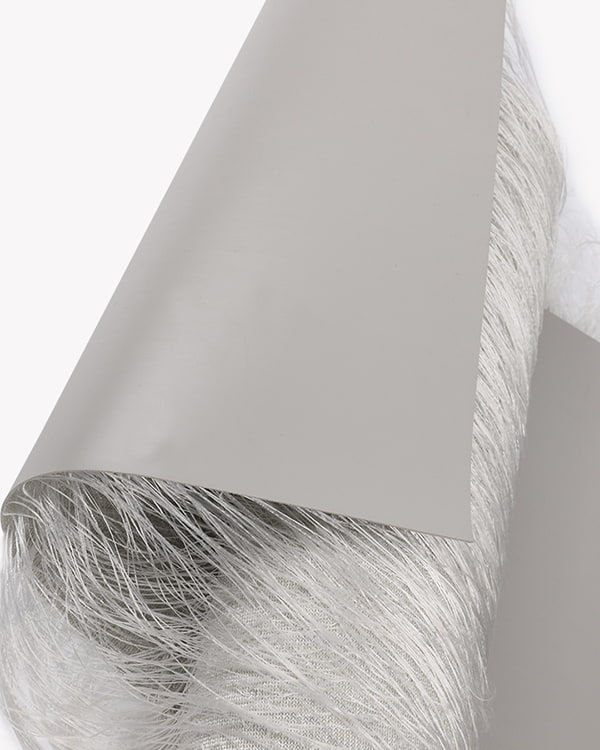
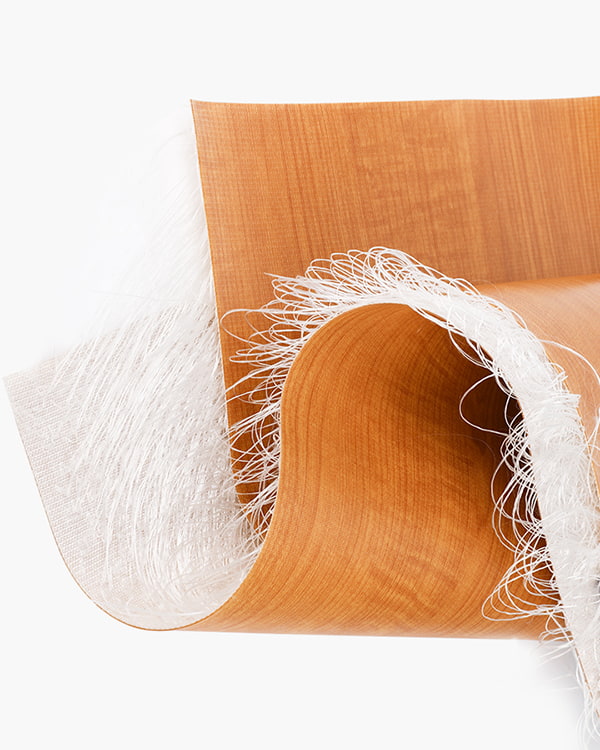





 浙公网安备33048102240301
浙公网安备33048102240301